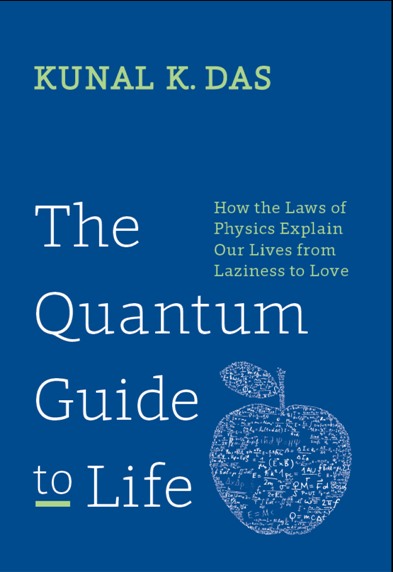A Quantum Paddlewheel
- This material is based upon work supported by
- the National Science Foundation under Grant Number
0970012
0970012
0970012
Movies below show both quantum and classical time evolution for scattering by a Paddlwheel pump corresponding to results and plots that appear in the manuscript 'A Quantum Paddlewheel', by Kunal K. Das, Matthew R. Meehan and Andrew J. Pyle:
Click on the underlined links to view or download the movies
All quantities are dimensionless assuming scales based on choice of energy, length and time scales that effectively set hbar=1 and m=1. The oscillation frequency is 0.2, barrier translational velocity is 1.5 and incident packet velocity is 0.75, 0.65 or 0.55 in various cases.
Paddlewheel Potential [wmv file] The evolution of the paddlewheel potential is shown.
Quantum evolution: Evolution of the wavepackets are shown in position and momentum space. In the movies for the spatial evolution, the potential is seen as a dashed green line. Since the movie frames are not commensurate with the paddlewheel periodicity, the regularity of the oscillation and resetting is not obvious in these movies. Note that wavepackets with positive (in red) and negative (in blue) incident moment propagate inoherently with each other
Spatial evolution - 6 osc per cycle [wmv file]
Momentum evolution - 6 osc per cycle [wmv file]
Translational reset frequency= 1x Oscillation Frequency: (corresponds to Figure 4(a))
Spatial evolution - 1 osc per cycle [wmv file]
Momentum evolution - 1 osc per cycle [wmv file] Note, negative incident monentum is shown below axis for clarity, so the vertical axis labels for the distribution should be read as postive values even below the horizontal axis although the movie diplays negative labels.
Zoomed in both position and momentum to show the emergence of the anomalous scattering peaks at negative (-k0) of the incident momentum of (k0). Here negative incident momentum is in green.
Anomalous peak evolution - zoomed in [wmv file]
Classical Evolution: The classical time evolution of the momentum of incident parctilces scattering off a paddlewheel pump are shown for various scenarios examined in the paper. The following are for particles incident from the left with positive initial momentum:
Gaussian barrier Paddlewheel [mov file] (Corresponds to the Classical and Semiclassical momentum distributions shown in Fig. 5)
Gaussian barrier Paddlewheel with NO Oscillation [mov file] (snapshot shown in Fig. 6(a))
Rectangular barrier Paddlewheel with NO Oscillation [mov file] (snapshot shown in Fig. 6(b))
The following correspond to particles incident from the right with negative initial momentum:
Gaussian barrier Paddlewheel - incident from right [mov file] (Corresponds to the Classical and Semiclassical momentum distributions shown Fig. 7) There is almost total reflection despite the kinetic energy being higher than the maximum potential energy of the oscillating barrier.
Gaussian barrier Paddlewheel - incident from right but with NO oscillation [mov file] In contrast with the previous movie, there is no reflection when the oscillation is turned off, showing that both oscillation and resetting are essential for the Sisyphus effect that causes the reflection seen in the previous movie.

